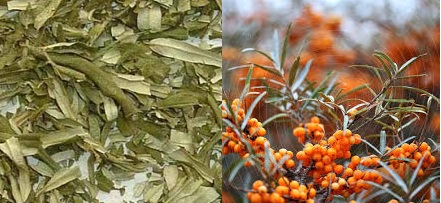 |
| Gojiberry cultivation in India |
1. Climate and Soil Requirements
Climate: Goji berries thrive in temperate and subtropical climates. They prefer areas with temperatures ranging from 15°C to 30°C. They are drought-tolerant but cannot withstand waterlogged conditions. The plant can tolerate mild frost but is susceptible to extreme cold and heat.
Soil: Goji berries grow best in well-drained, sandy loam soils with a pH range of 6.5 to 8.0. Avoid heavy clay soils or areas prone to water stagnation. The plant prefers slightly alkaline to neutral soil.
2. Planting
Propagation: Goji berries can be propagated through seeds or cuttings. Seed propagation requires proper seed treatment and can take longer, whereas cuttings from healthy plants yield faster results. Tissue culture is also an emerging method for propagation.
Planting Season: The best time to plant goji berries is during the spring (March-April) or the onset of the monsoon season (June-July) in most parts of India.
Spacing: Plant the goji berry plants at a spacing of about 3 to 4 feet (90 to 120 cm) apart in rows, with row spacing of 6 to 8 feet (180 to 240 cm). This allows enough room for growth and maintenance.
3. Irrigation
Goji berries require regular irrigation, especially during the initial stages of establishment. Drip irrigation is recommended for efficient water usage. After the plants are well-established, they are more drought-tolerant, but consistent watering during the fruiting stage ensures a good yield.
4. Fertilization
Organic compost and well-rotted farmyard manure are ideal for goji berry cultivation. Fertilizers rich in nitrogen, phosphorus, and potassium should be applied as needed, based on soil testing.
A recommended schedule includes applying organic compost at the time of planting and then periodic top dressings of fertilizers throughout the growing season.
5. Pests and Diseases
Pests: Common pests include aphids, spider mites, and caterpillars. Organic pest management practices like neem oil sprays, biological control agents, and careful monitoring can help control infestations.
Diseases: Goji berries are prone to fungal infections like powdery mildew and root rot, especially in humid conditions. Fungicide sprays and good drainage practices help prevent diseases.
6. Harvesting
Goji berries start producing fruit from the second year onwards, with peak production occurring after the third year. The berries turn bright red when they are ready for harvest.
Handpicking is the most common method of harvesting. The berries should be picked gently to avoid damage, as they are delicate.
7. Post-Harvest Handling
After harvesting, goji berries should be dried in the shade or using a solar dryer to extend their shelf life. They can also be sold fresh or processed into juices, powders, and other products.
8. Market Potential
The demand for goji berries is increasing in India due to their health benefits, including high antioxidant content, vitamins, and minerals. There is also a growing export market, especially to countries where superfoods are popular.
The domestic market for organic and health-focused products is expanding, making goji berries a profitable crop for farmers in India.
9. Regions for Cultivation
In India, states like Himachal Pradesh,Uttarakhand, and parts of the North-Eastern region are suitable for goji berry cultivation due to their favorable climate and soil conditions.
goji berry seeds supplier,
wholesale goji berry seeds,
high-quality goji berry seeds,
certified goji berry seeds,
goji berry seeds India,
goji berry plant seeds,
goji seeds for planting,
Lycium barbarum seeds,
Goji berry seeds heirloom,
Affordable goji berry seeds,
Rare goji berry seeds,
Goji berry seeds distributor,
Hybrid goji berry seeds,
Goji berry seeds farming,
Where to buy goji berry seeds in India,
How to grow goji berry from seeds,
Best place to buy goji berry seeds online,
Buy organic goji berry seeds for home garden,
Cheap goji berry seeds for sale,
Goji berry seeds for farming in India,
Goji berry seeds bulk purchase,
Goji berry seeds for organic farming,




